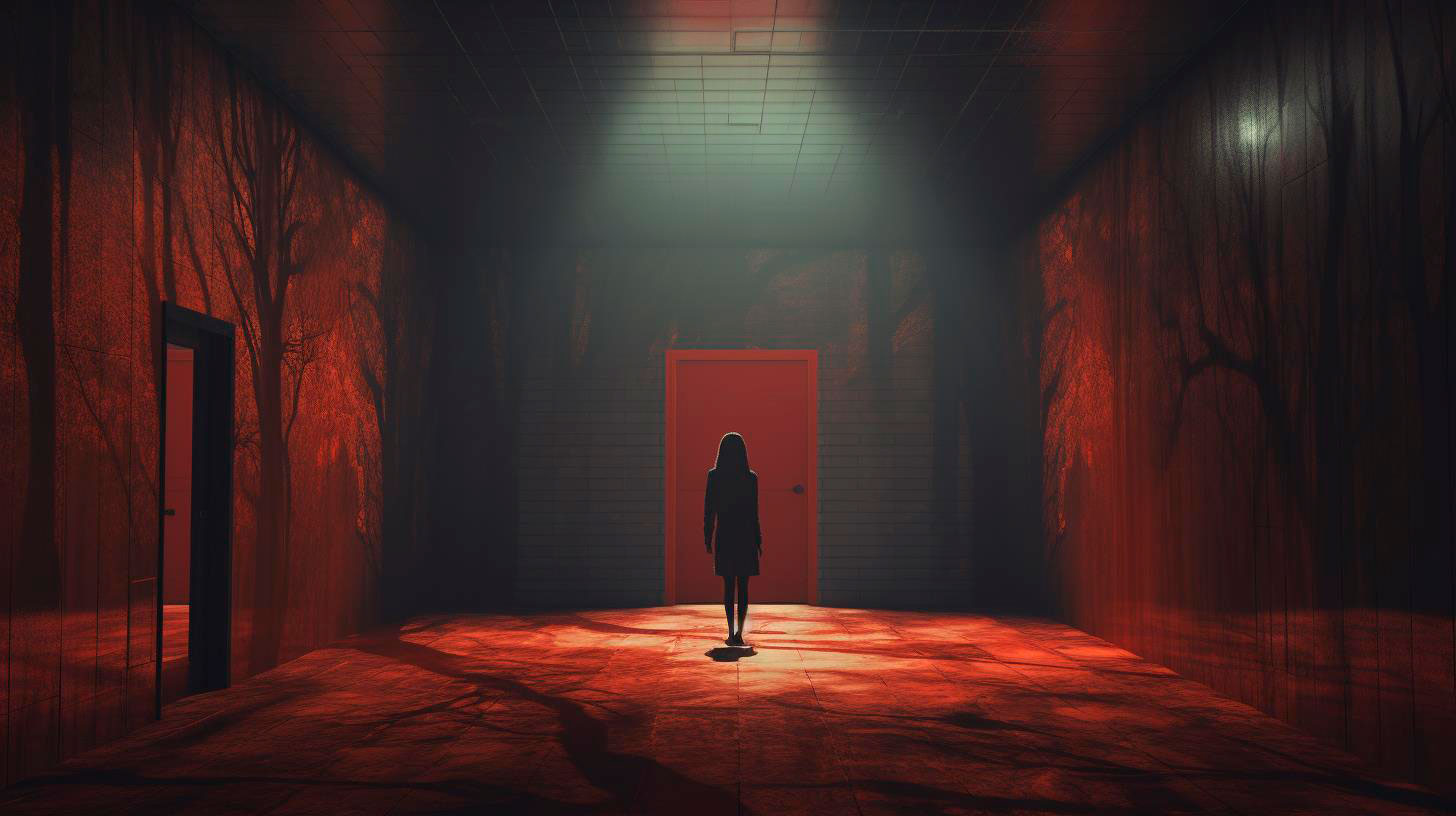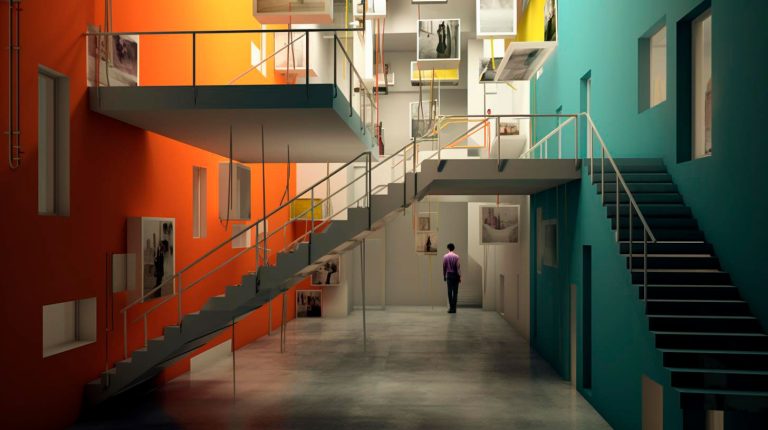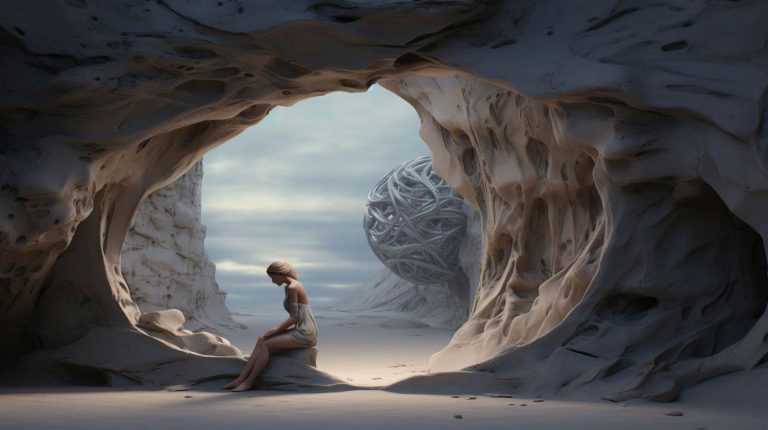By utilizing powerful editing software like Adobe Photoshop, artists and photographers have the ability to seamlessly blend different elements together, creating stunning compositions that push the boundaries of imagination. In this article, we will delve into the fascinating world of compositing and explore the techniques and tools required to master this art form.
Understanding the Basics of Compositing
Compositing involves merging multiple visual elements, such as photographs or graphics, to create a cohesive final image. The key to successful compositing lies in the ability to seamlessly blend these elements, making them appear as though they were all part of the original scene. To achieve this, the following skills are crucial:
- Selection and Masking: To assemble a composite, precise selections and masking techniques are essential. This allows for the separation of elements and ensures clean and seamless blending.
- Color Correction and Adjustment: Matching the colors and tones of the elements is crucial to create a believable composite. Accurate color correction and adjustments help unify the different elements and make them look like they belong together.
- Lighting and Shadows: Understanding how light interacts with objects is essential for creating realistic composites. Adding shadows and adjusting lighting can enhance the overall realism of the composition.
- Composition and Perspective: Properly arranging the elements within the composition and ensuring they align with the perspective of the original scene is crucial for creating a cohesive and visually pleasing final image.
The Advantages of Compositing
Compositing offers numerous advantages for photographers, designers, and artists:
- Expanded Creative Possibilities: Compositing allows for the creation of scenes that couldn’t exist in reality, opening up a world of creative possibilities. Whether it’s placing a subject in a fantasy landscape or combining elements from different photos, compositing allows artists to bring their imagination to life.
- Complete Control over the Final Image: By merging different elements together, artists have the freedom to control every aspect of the composition. From the lighting to the colors, compositing provides unparalleled control over the final image.
- Efficiency and Time Saving: Compositing can save time by eliminating the need for elaborate photoshoots or cumbersome props. Instead of photographing a subject in different environments, compositing allows for the creation of diverse scenes in a single session.
Key Takeaways for Mastering Compositing
To become proficient in the art of compositing, consider the following key takeaways:
- Master the Selection and Masking Techniques: Being proficient in accurate selections and masking techniques is essential for creating flawless composites.
- Understand Color Theory and Correction: Color plays a vital role in compositing. Master the techniques of color theory, matching, and correction to create visually cohesive compositions.
- Study Lighting and Shadows: Understanding how light interacts with objects and the creation of shadows is crucial for achieving realistic and visually engaging composites.
- Practice Composition and Perspective: Composition and perspective are fundamental aspects of compositing. Continuously practice arranging elements and understanding how to maintain consistency in perspective.
- Stay Inspired and Experiment: Compositing is an art form that thrives on creativity and experimentation. Continuously seek inspiration, explore new techniques, and push the boundaries of your imagination to develop your unique style.
The Art of the Composite: Creating Visual Masterpieces
Compositing is an art form that allows artists and photographers to transform their visions into reality. By harnessing the power of editing software and mastering the techniques of selection, color correction, lighting, and perspective, one can create breathtaking composites that captivate audiences.
Whether you’re an aspiring photographer, graphic designer, or simply someone with a passion for visual storytelling, mastering the art of compositing will enhance your creative abilities and unlock endless possibilities. So, embrace the world of compositing, let your imagination soar, and create stunning visual masterpieces.





















+ There are no comments
Add yours